A century since an independent Ireland first competed in Olympic Games
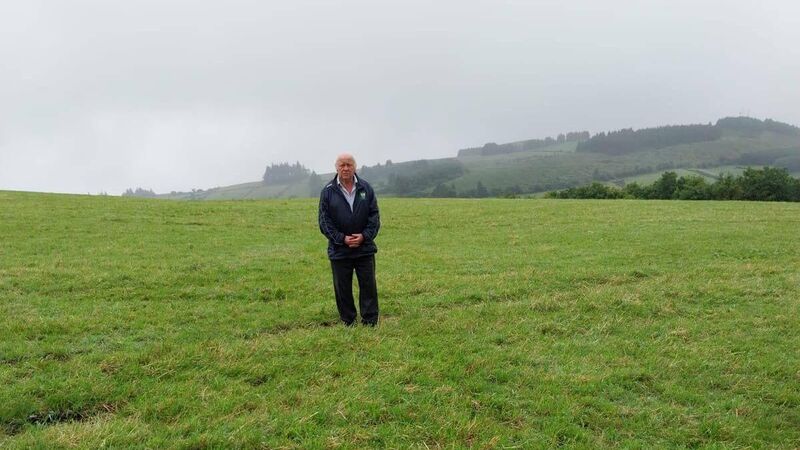
John Arnold at JJ Keane's home.
A superb athlete and Gaelic footballer JJ Keane became one of the outstanding sports administrators this country has ever produced. Last Saturday I stood in the middle of a sloping field in the townland of Lackendarra near Anglesborough. Down in Dingle, Kerry and the country were saying a tearful farewell to everybody’s friend Mícheál Ó Muircheartaigh. Massive throngs paid tribute to Ireland’s greatest ever broadcaster, and rightly so because he was truly a man of the people who loved people, loved the GAA and an Gaeilge.
My friend Pat English of the Galtee Gaels Club guided me up a narrow road and then across a field sheltered by wooded hills. This had been the 20 acre farm of James Keane and his wife Mary Forde. Here in April of 1871 John James Keane was born. As the great Mícheál himself might say “this is the football part of Limerick -just like Ballyduff and Abbeydorney are Kerry’s hurling heartlands”.
So it came to pass that when Keane gained employment with the firm of Messrs Charles Dodd in Dublin he immersed himself in the GAA just then growing stronger in the capital. He was one of the founders of the Geraldines Club in the mid 1890’s and went on to win two All-Ireland Senior Football medals in 1898 and 1899 - those finals were played in 1900 and 1901. An all-round athlete Keane won the Irish 120 yards Hurdles Championship in 1900.
He was a great businessman and rose through the ranks at Dodds, eventually becoming the owner of the firm.
An ardent nationalist Keane joined the Irish volunteers and was on active service during the War of Independence.
Next Sunday in Croke Park we will honour our present day athletes who have been so successful this year and are hoping for further glory at the Paris Olympics this summer. It’s exactly a century ago since Ireland first competed as an Independent nation in the Olympics, that was in 1924, also in Paris. The man widely regarded as the ‘father of the Irish Olympic movement’ was none other than JJ Keane. In an interview many years later Keane recalled how it all started: “Here in Dublin two men with their country’s interest very much at heart realised the benefits derived from taking part in the (Olympic) Games and so to Michael Collins and Arthur Griffith we are indebted for starting the ball rolling.
“One day I received a message from them to meet at Vaughan’s Hotel, Parnell Square. I met them at 10pm and they explained to me what they wanted done. This meant a journey to Antwerp, so I set out.”
On the boat trip to Antwerp Keane prepared a document setting out Ireland’s case to be admitted to the Olympics as an independent country. When he arrived in Antwerp he found out all correspondence for the Olympic authorities should be written in French!
He left the documents with the Olympic decision-making body but got a negative response. He was disappointed with the lack of support from the American delegation, then again they had so many Irish-born athletes competing under the Star Spangled Banner they wanted to keep the status quo.
A year later JJ Keane was ‘on the Olympic road’ again, this time to Lausanne in Switzerland. The International Council decided to admit no new members at that gathering. In 1922 it was truly a case of third time lucky for JJ Keane. In Paris, despite objections from the British delegate General Kentish, Ireland was warmly welcomed to the Olympic movement by IOC President Baron Pierre de Coubertin.
In that same year JJ Keane founded the National Athletic and Cycling Association of Ireland (NACAI). Since it’s foundation in 1884 athletics had been hugely important in the GAA with it’s own Athletics Council. Keane brought about an amalgamation of this council with the Irish Amateur Athletic Association. From then until 1951 Keane was an IOC member - he was replaced by Lord Killanin.
So when Irish athletes competed in Paris in 1924 there was no prouder man than the Anglesborough native. The Irish Free State Government embarked on an ambitious project in 1924, the revival of the ancient Tailteann Games. This was a sporting and cultural festival and because it was held after the Paris Olympics attracted many international participants. Keane was appointed as Director of Athletics and had this role also in 1928. The Tailteann Festival was hugely successful. The ‘Clar’ included hurling, billiards, clay pigeon shooting, swimming, rowing, golf, handball, dancing, chess, athletics, motor boating and motor cycling as well as poetry, painting and arts and crafts!
Keane was appointed overall Director of the 1932 Tailteann Games-the last year of the ‘revival’. JJ Keane was a very close friend of Padraig O Caoimh who became general Secretary of the GAA in 1929.
The GAA historian Seamus O Ceallaigh valued the integrity and honest of Keane describing him as ‘the sworn enemy of crooked practices’. In 1929 a special medal was presented to Keane in recognition of his trojan work on behalf of athletics and sport in general in Ireland. His grand-nephew JJ Brophy presented this medal to the GAA Museum in Croke Park some years ago.
JJ Keane died in 1956 and is buried in Glasnevin cemetery not far from the final resting places of Kitty Kiernan, General Eoin O Duffy and his great friend Michael Collins.
Back in 2009 as a member of the GAA’s 125 Committee I was present in Anglesborough when then Committee Chairman, now President, Jarlath Burns, unveiled a commemorative plaque to JJ Keane and local athlete Pat McGrath in the community centre. Another Limerick football legend, local man John Quane jointly did the unveiling with the Silverbridge and Armagh star.
After the death of Keane’s uncle the family farm at Lackendarra was sold. The 20 acres consisted of seven little fields around the house and haggard. Later the holding was resold and all the field ditches removed. Eventually the old farmhouse and outbuildings were levelled and not a stone upon a stone now remains.
As I stood in that green sloping field last Saturday in solemn silence I imagined if Mícheál had been commentating on the 1898 All Ireland Football Final; “And now it’s young Keane from the Geraldines goes up for the leather - he was reared on the slopes of the Galtee mountains, his father James kept seven cows - a mighty kick from JJ Keane - they’ll be no cow milked in Lackendarra this evening if they win…”
It’s a long, long way from Dun Sion and Anglesborough to Croke Park but they’ll be all remembered next Sunday.
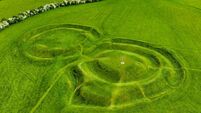
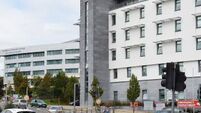
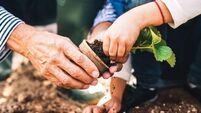
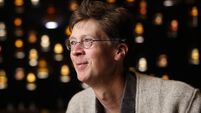


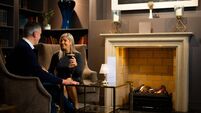
 App?
App?




